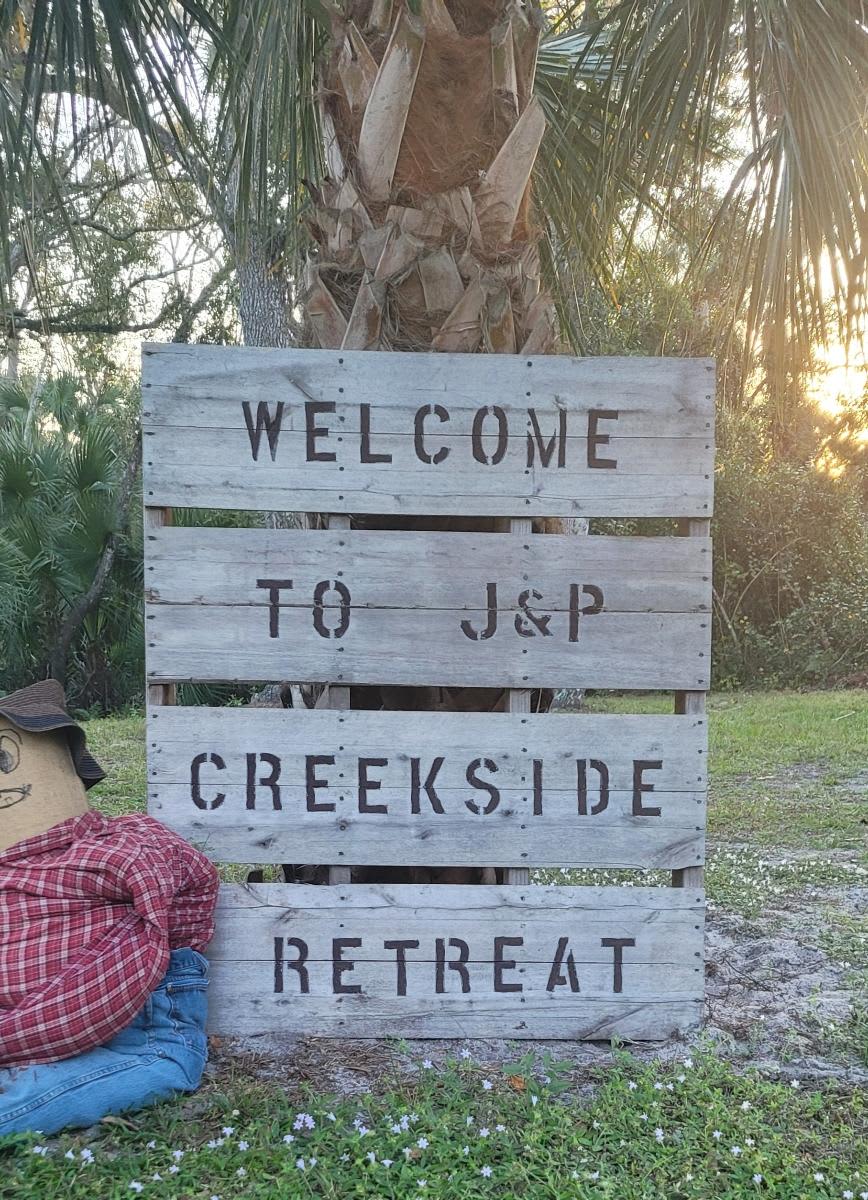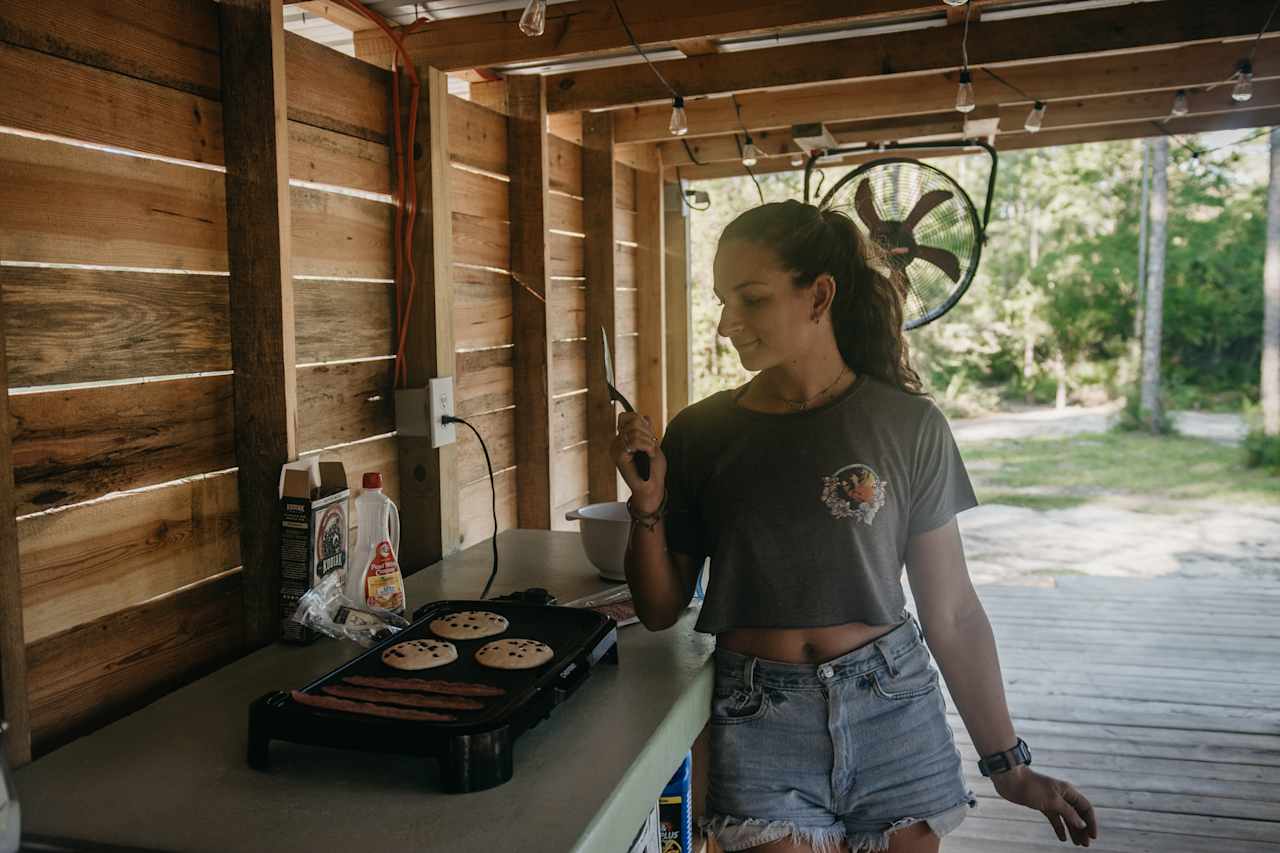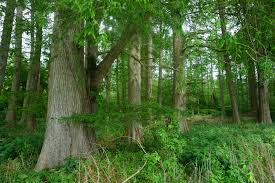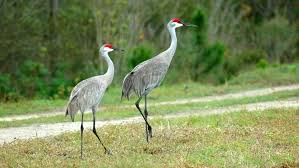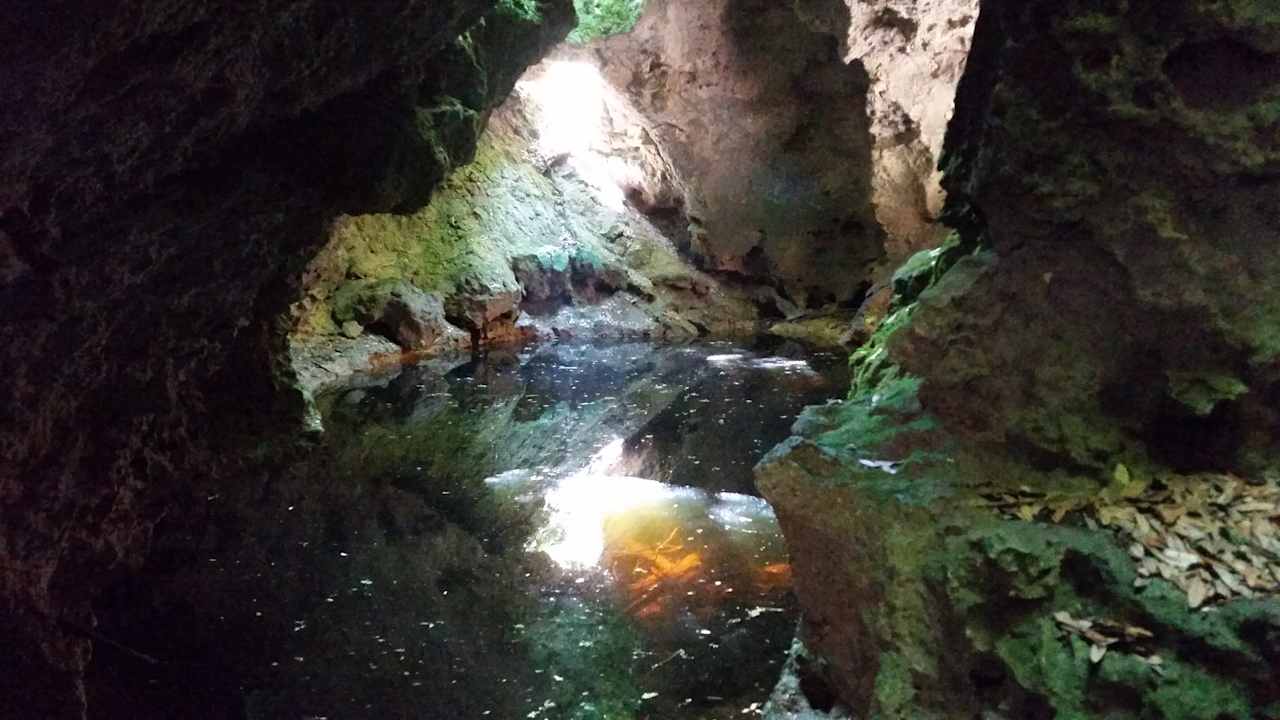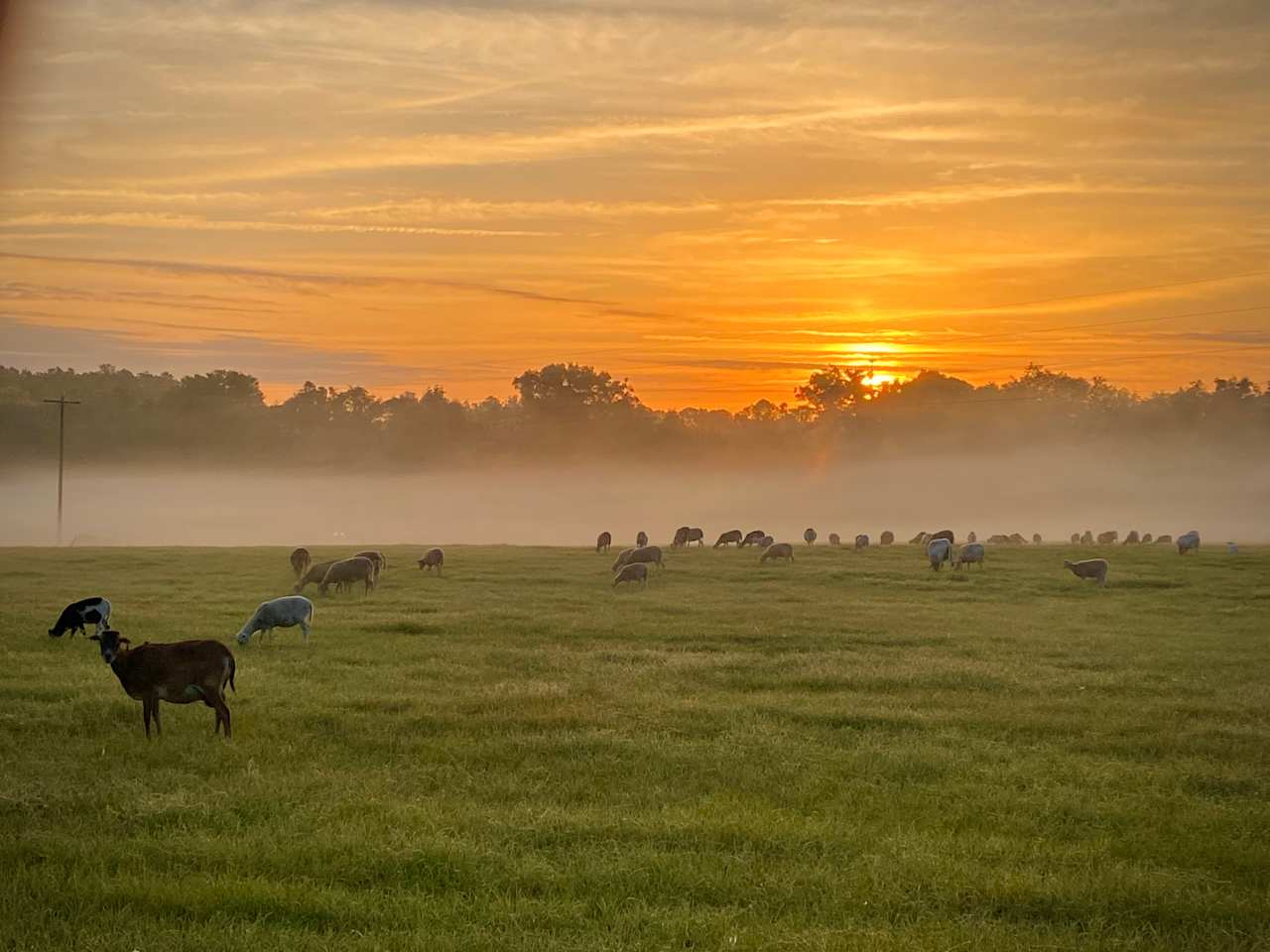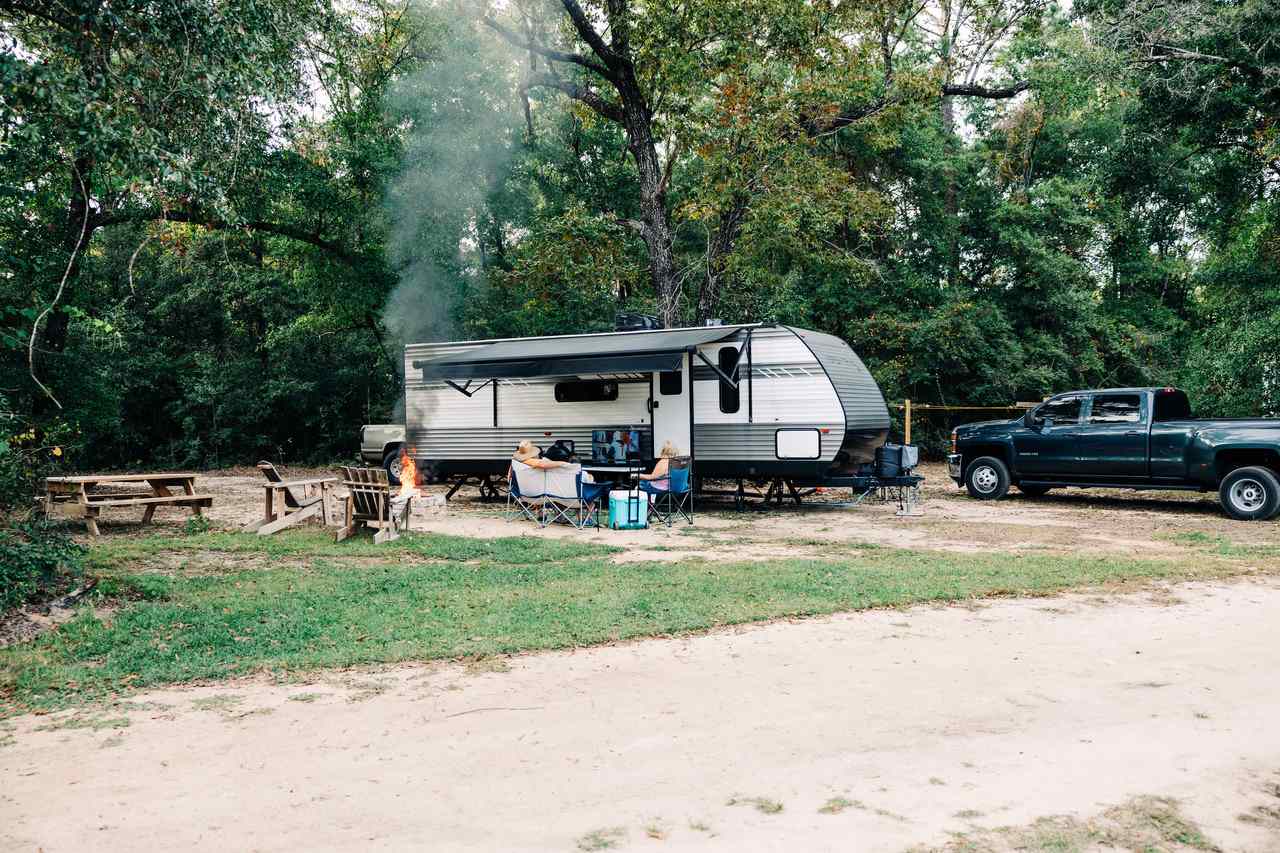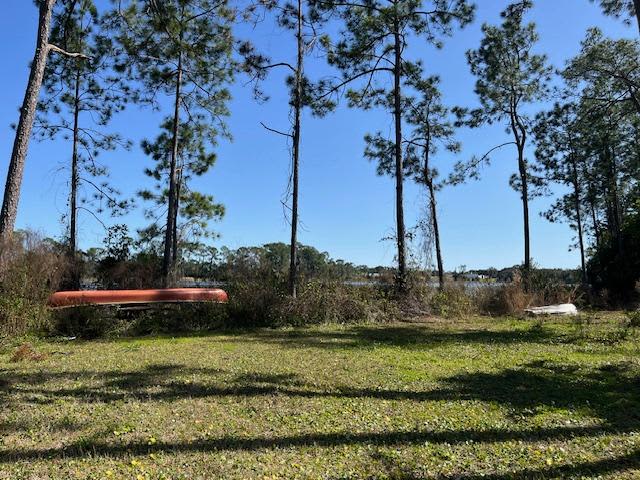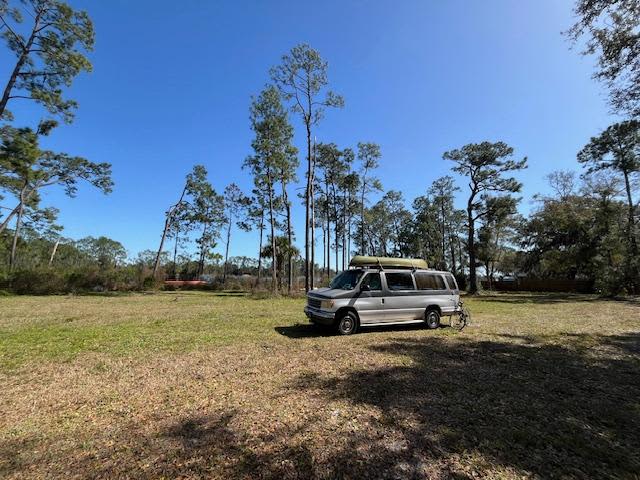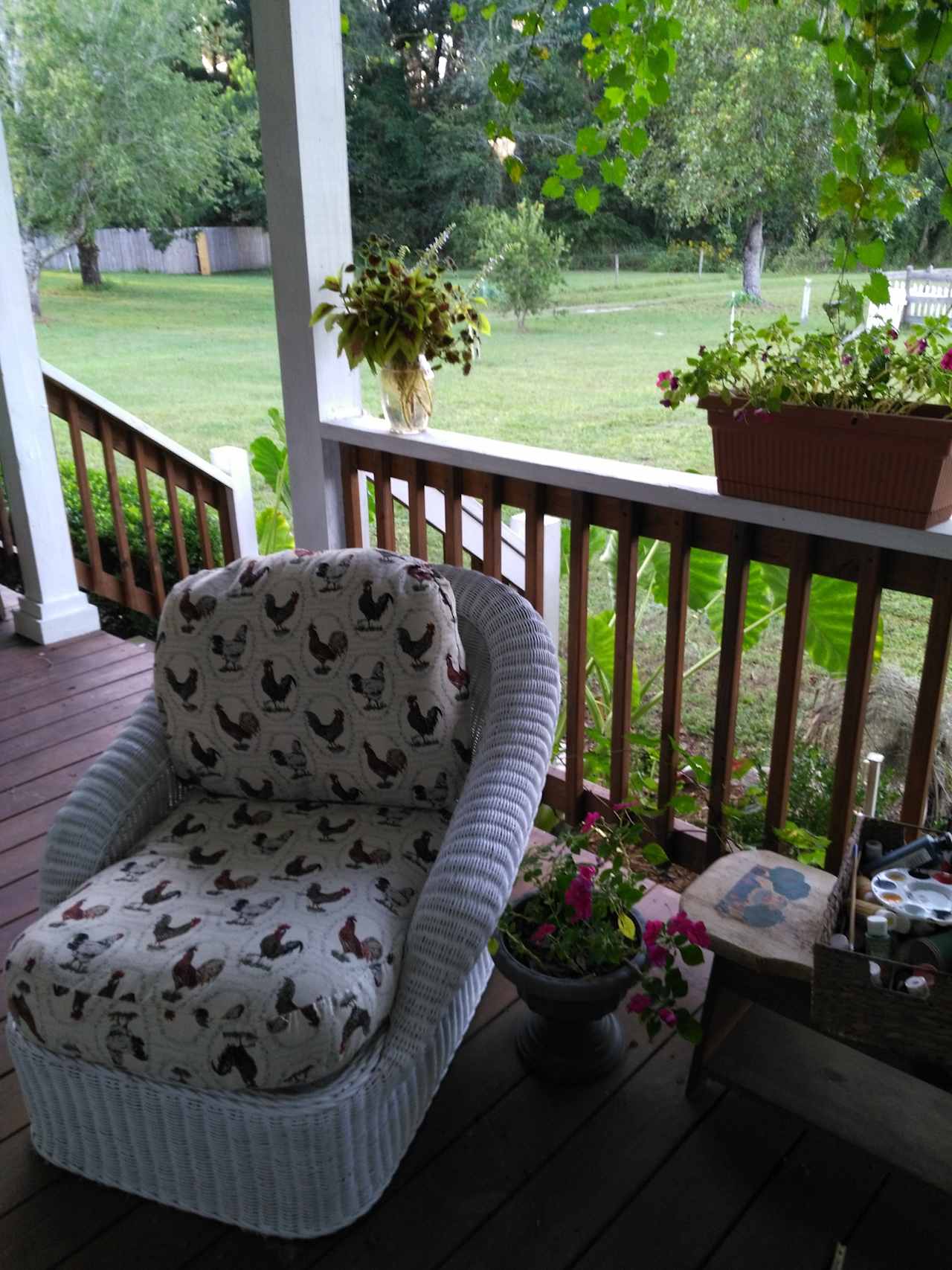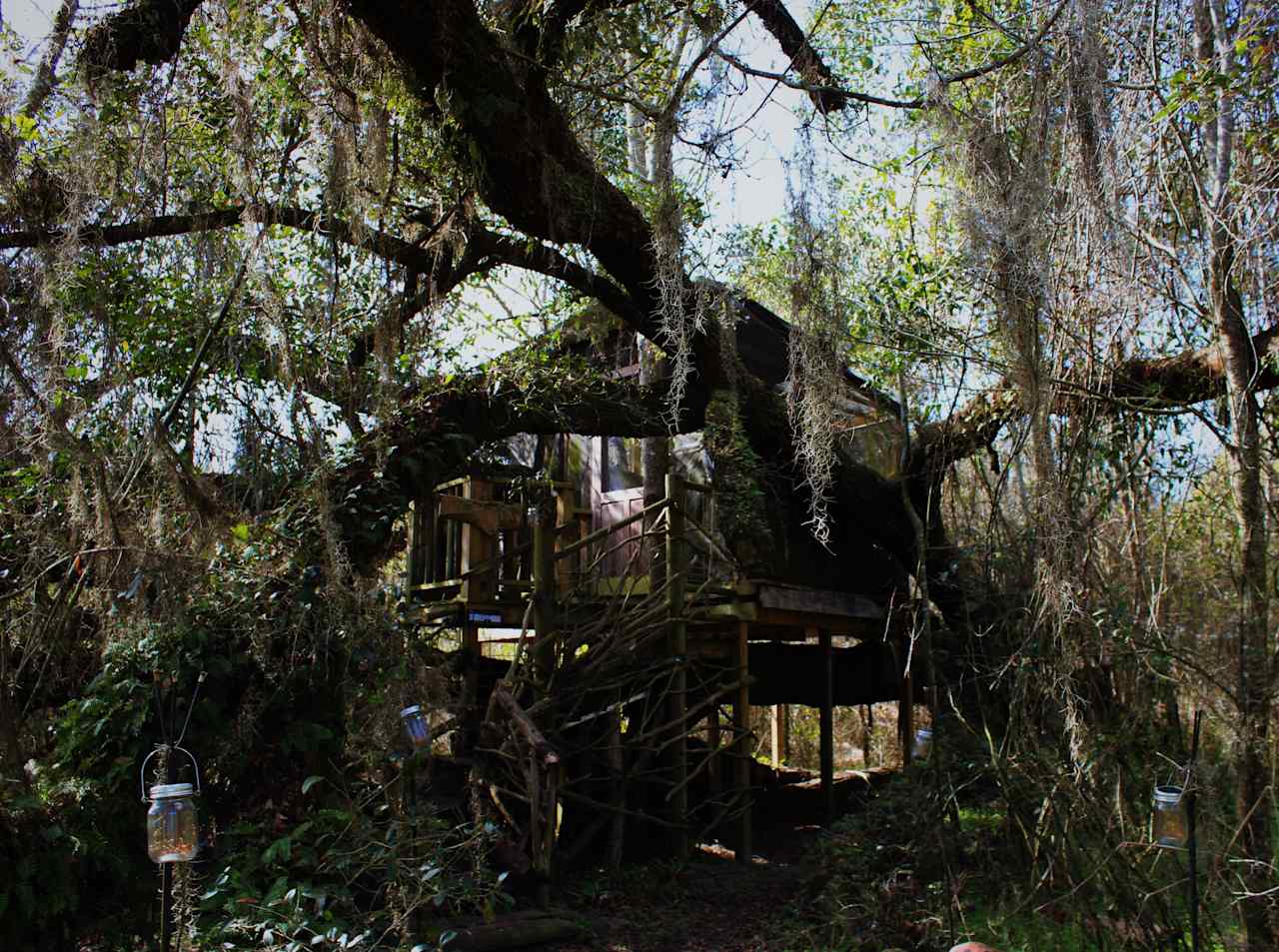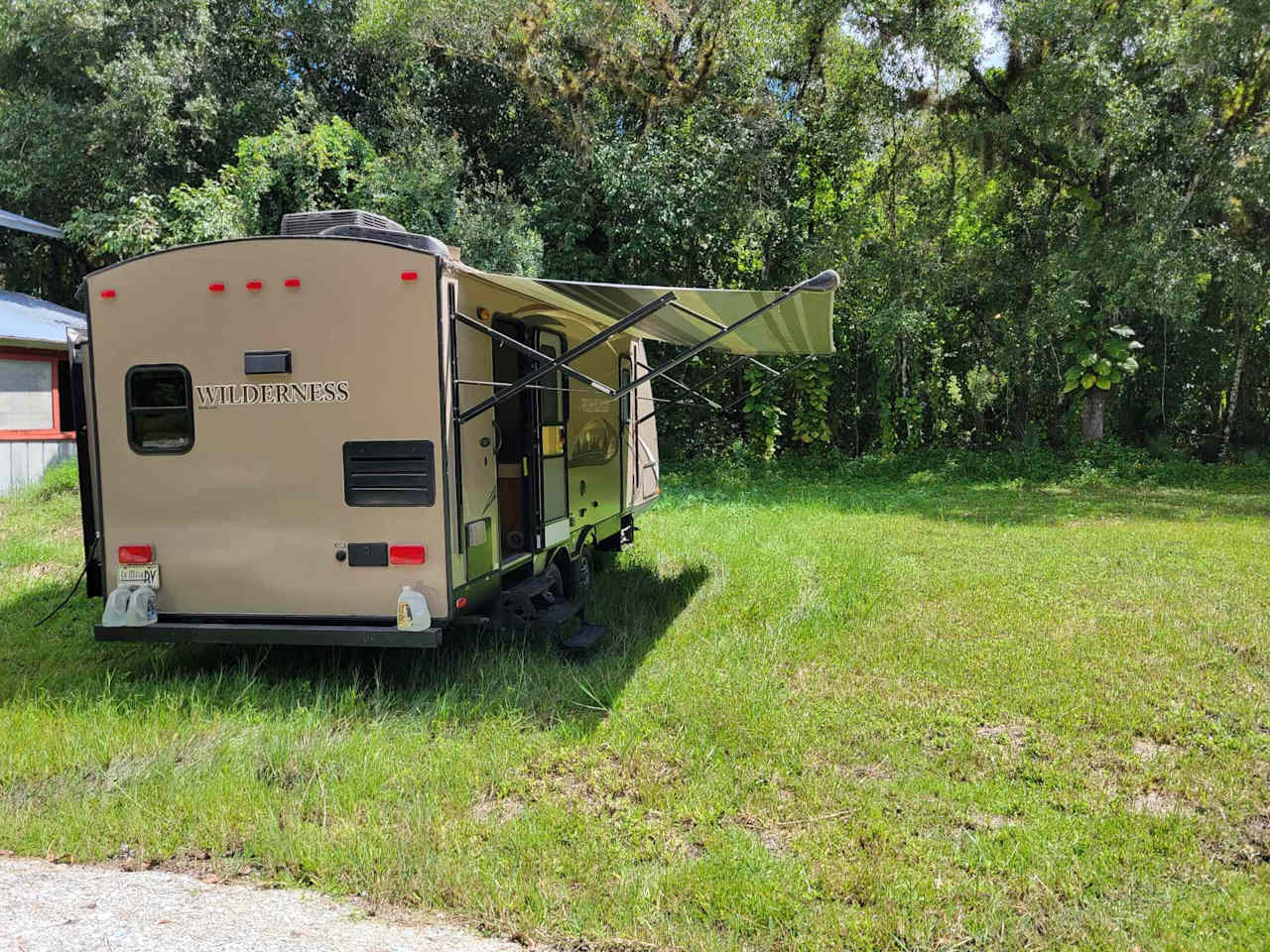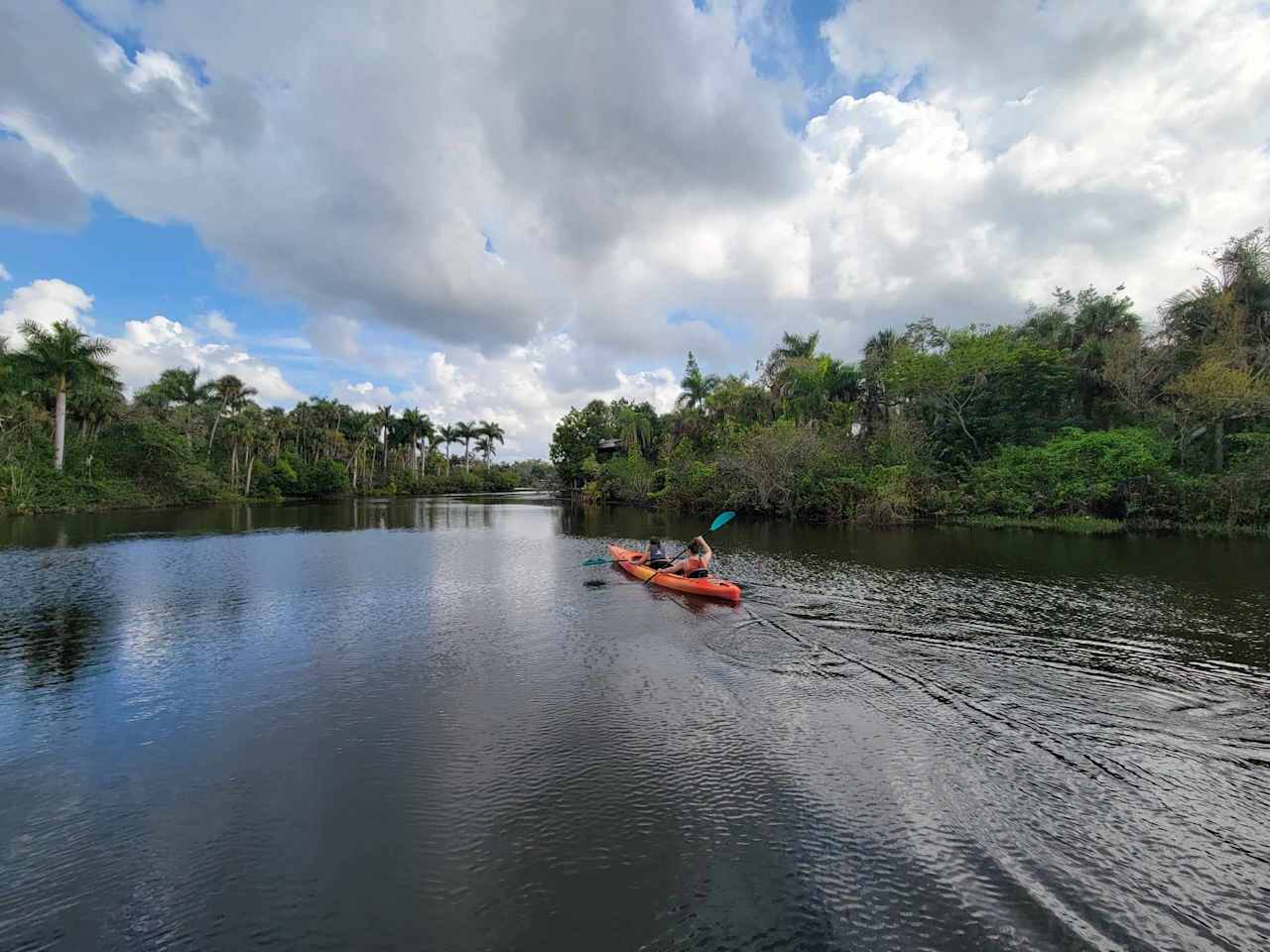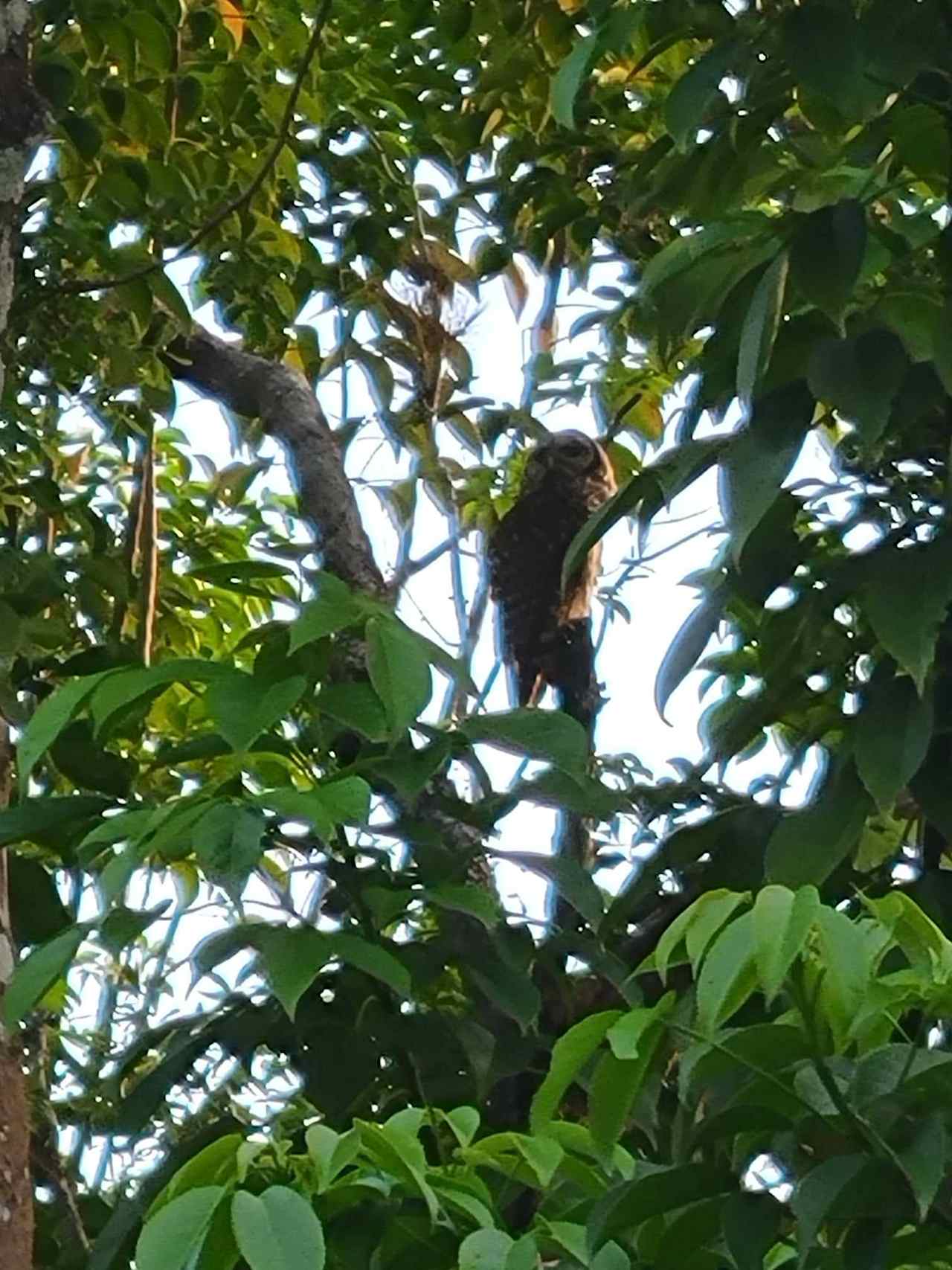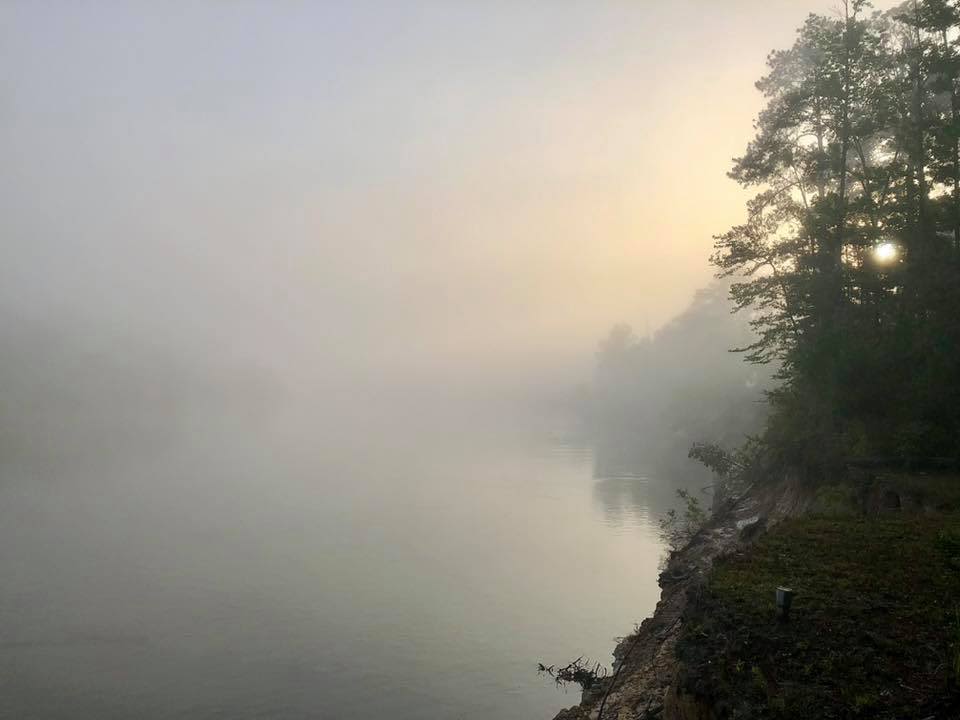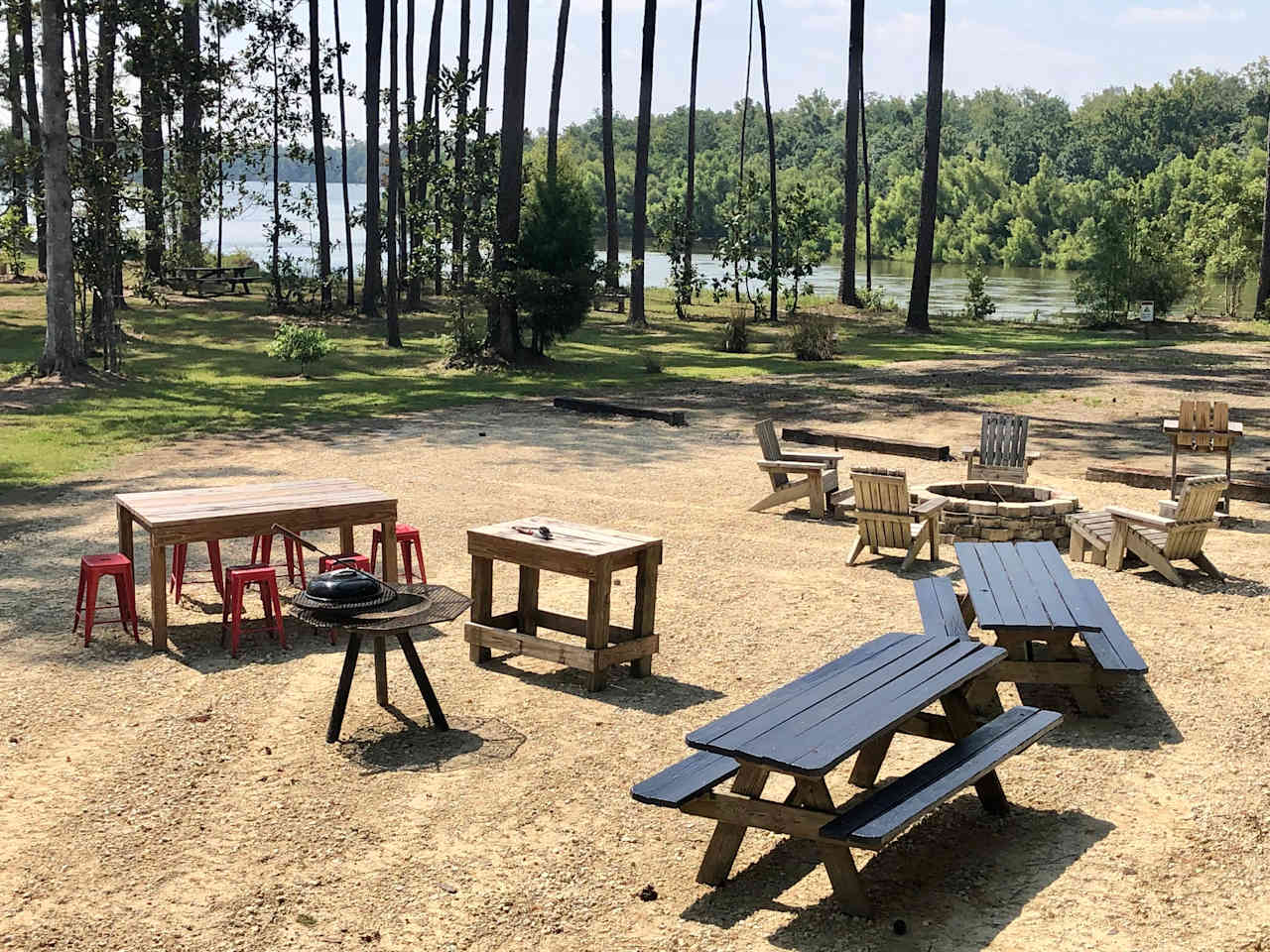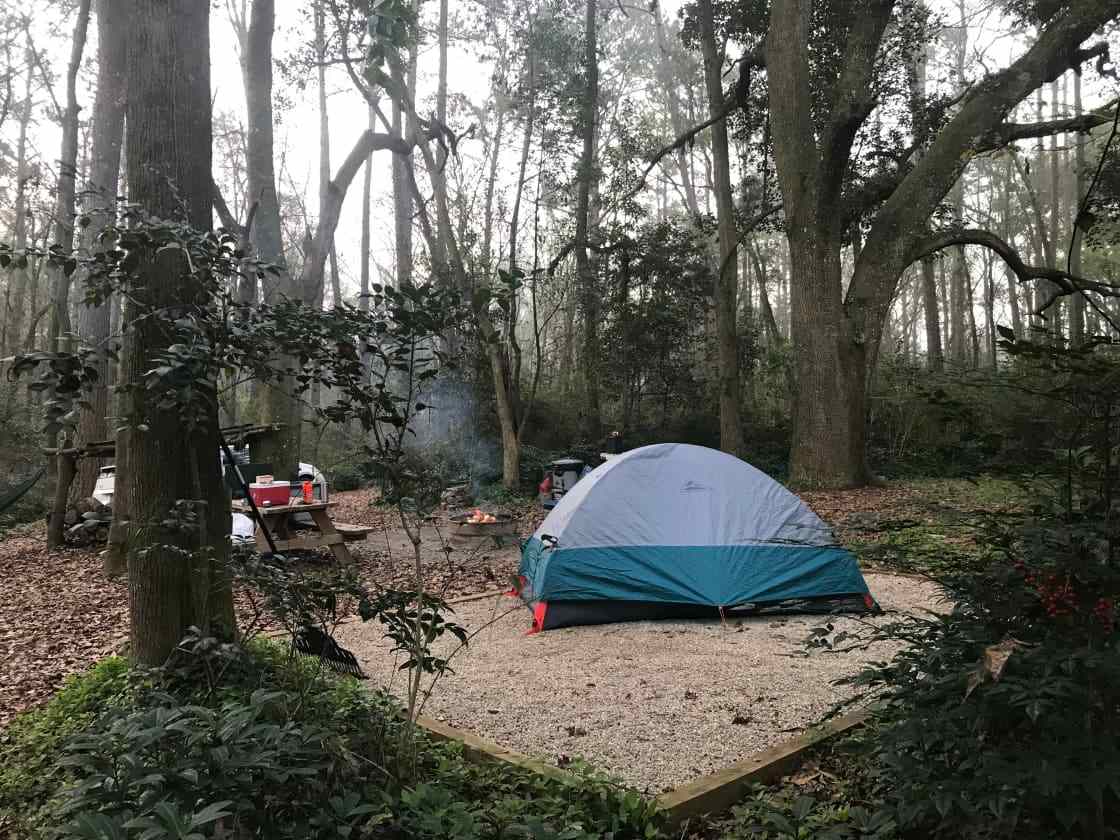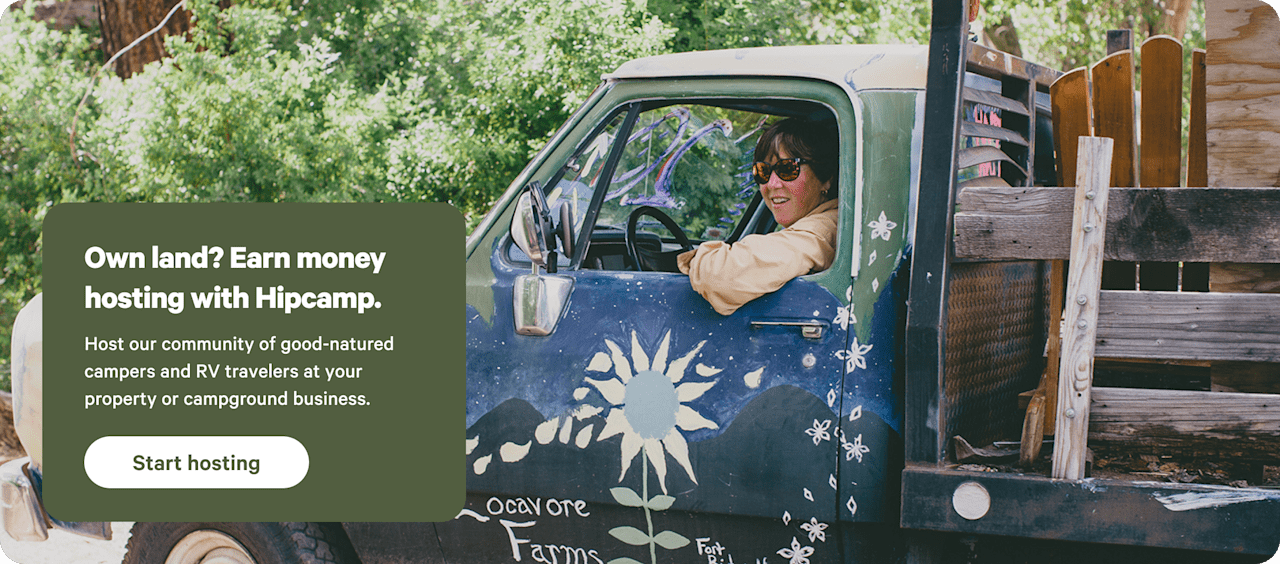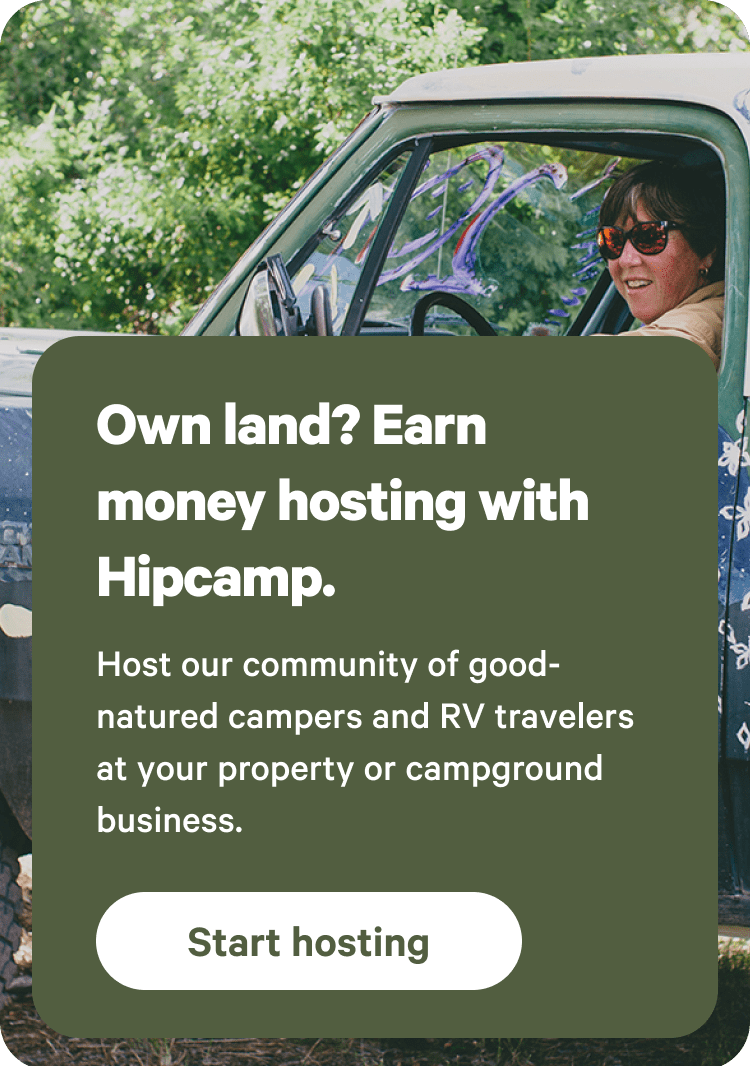Private sites camping in Florida
With its 1,100-mile coastline and year-round sun, Florida is tailor-made for a beach camping trip.
- Florida
Dog-friendly getaways
J and P Creekside Retreat
Costa Myakka
The Wandering Path
Lucky U Ranch
Glenn Farm
12 top campgrounds in Florida
J and P Creekside Retreat
Lucky U Ranch
The Wandering Path
Glenn Farm
Costa Myakka
Gateway Trails
Lady Winona's Camp
"R" camp.
Kokomo Farms
Orange River Getaway
"Sweet Tupelo" on the "Big River"!
Magnolia Mountain
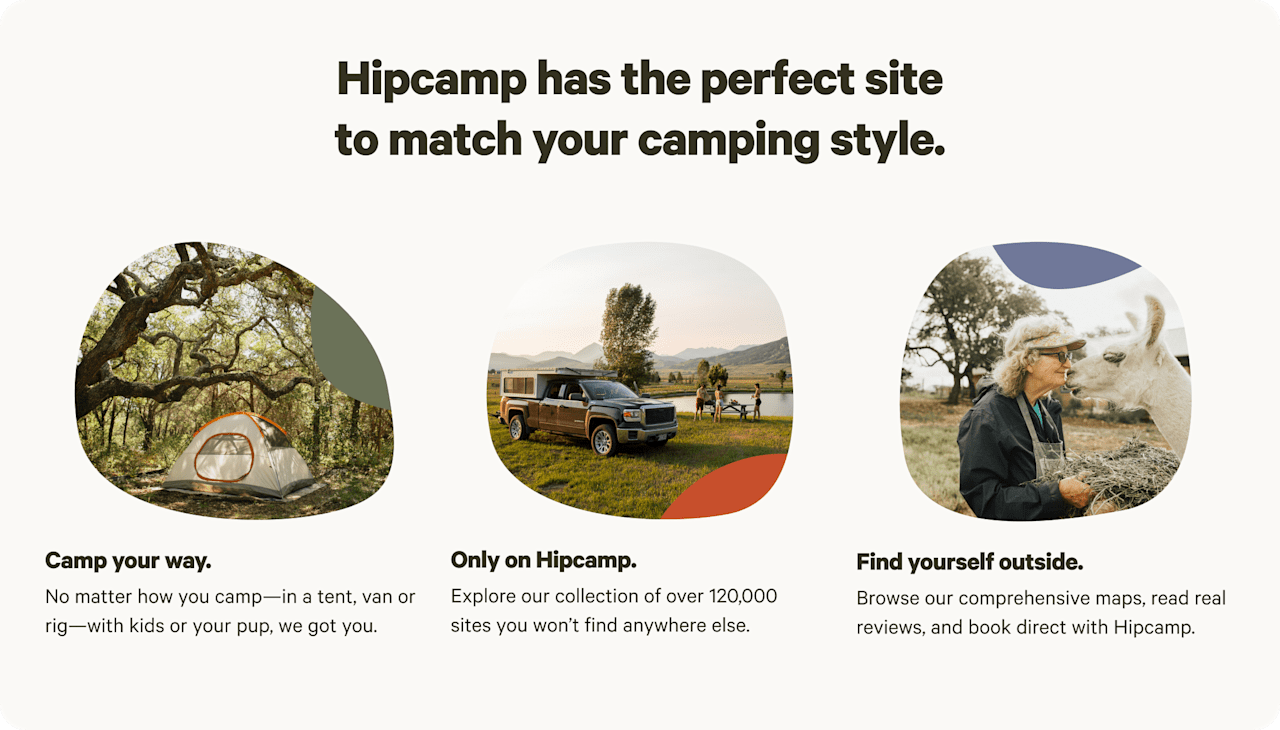

Private sites camping in Florida guide
Overview
Welcome to Hipcamp! Looking for a private campsite experience in sunny Florida? You're in luck! With over 500 options to choose from, you'll find the perfect spot to pitch your tent or park your RV. Whether you're looking for a serene lakeside retreat or a rustic farm stay, you'll be spoiled for choice. Check out top-rated campsites like "By the Pond..." (170 reviews), Glenn Farm (146 reviews), and Moonpie Farm and Creamery (129 reviews) for a guaranteed great stay. With popular amenities like campfires, pet-friendly accommodations, and toilets, you'll have everything you need for a comfortable camping trip. And if you're up for some adventure, enjoy activities like off-roading (OHV), horseback riding, and whitewater paddling. So pack your gear and get ready for an unforgettable camping experience in Florida!


